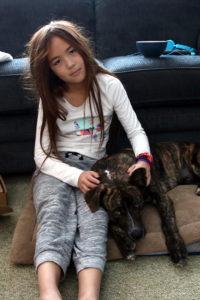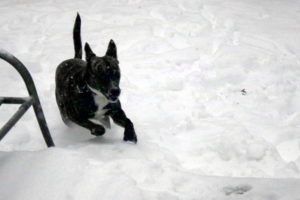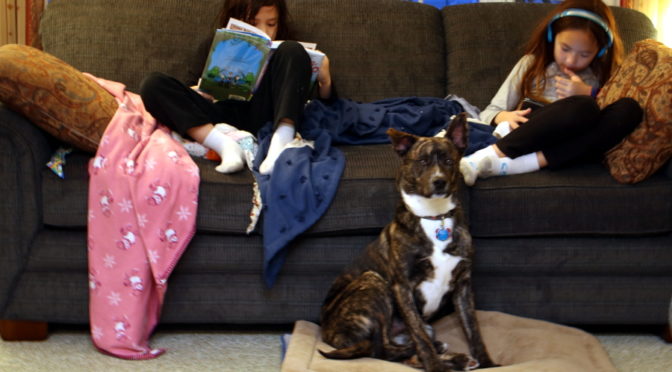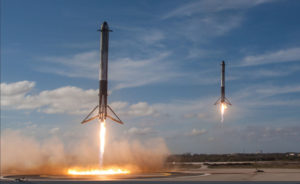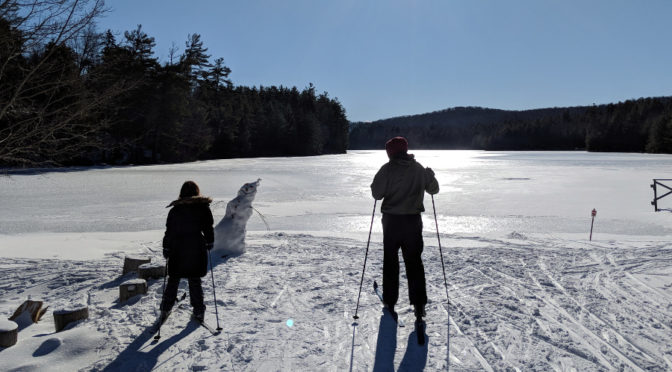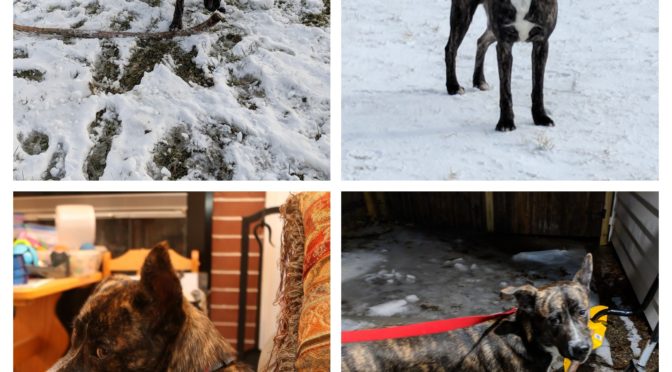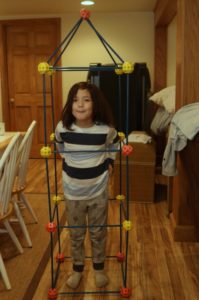There’s a thread on everybody’s favorite low-stakes conflict, scientists vs. science journalists, going around on social media. It’s from a scientist who moved toward journalism (blogging for the Guardian), and lays out a bunch of reasons why it’s unreasonable for scientists to expect to see a news article article before it gets published. These are mostly pretty good, and founded in research into the content of news stories and institutional press releases.
While the thread as a whole is pretty good, it ends on a sour note for me, with a “get over yourselves” directed at scientists. I find that a puzzling decision, because a slightly different read on the same material would lay the blame for misrepresentation of science on the fact that many journalists are lazy and just lightly re-write press releases. There are plenty of good reasons for more humility on both sides.
The fundamental problem in this conflict, as in so many other stupid petty status fights, is that both sides have an overinflated view of their own work, and an overly cynical view of the other’s. Both sides seem themselves as noble seekers of TRVTH, thwarted by the nefarious actions of the miscreants on the other side.
Scientists in this argument like to portray themselves as ferreting out the secrets of nature, and prize accurate reporting of their work above all else. Any attempt to summarize or simplify their work will inevitably introduce some technical inaccuracies. This is seen as a horrible slight, misrepresenting the purity and elegance of what they do. Thus, the demand to fact-check things before they’re published, and the belief that refusal to allow this indicates an active desire to make them look foolish by inserting errors.
In reality, of course, most of the research carried out by scientists is not remotely important, and only a minuscule fraction of readers will even notice the bits that have been oversimplified. And the value of absolute accuracy tends to be very selective– scientists who fume about tiny errors in stories about their own work are often perfectly fine with gross oversimplifications of whole other fields of science.
But the journalists are not without fault, here. They have a tendency to see themselves as similarly noble in the pursuit of the public interest, ferreting out hidden details and penetrating layers of obfuscation to get to the real, uncomfortable truth. In that view, a scientist or other source asking to check the final story for accuracy is demanding an unconscionable breach of ethics, probably because they have some awful ulterior motive.
In reality, of course, only a tiny fraction of news stories are actually penetrating investigative capital-J Journalism. Most of them are small-r reporting, passing along a minor story that happens to be interesting. The fact that, as shown in the studies described in that Twitter thread, most distortion of science creeps into the news via press materials shows that the field isn’t exactly neck-deep in Edward R. Murrows.
So, yeah, scientists need to get over themselves, and accept that summarization and simplification are a necessary part of communication to a wider audience. Journalists also need to unclench a bit, and recognize that for the vast majority of stories there is not, in fact, any serious ethical concern raised by running a later draft past someone who can check its accuracy.
(There may be logistical issues regarding publication schedules and the like, which is a different conversation. I don’t think that’s an insurmountable obstacle either, but it’s not really the issue here.)
The fundamental problem, here, is a sort of crippling cynicism. Neither side really trusts the motives of the other, and that poisons interactions between them. Each side assumes the other is trying to put something over on them, and the end result is a kind of paralysis.
This sort of thing is extremely widespread in academia, and I find it utterly exhausting. When the starting point for analysis of any proposal or request is “How is this an attempt to screw me?” even trivial matters become enormous stupid fights. This kind of crippling cynicism is pervasive, and it’s responsible for about 2/3rds of the days when I hate my job and fantasize about doing something else for a living (the remaining third comes from grading…).
——
A couple of important caveats: First and foremost, Not All Collective Nouns. While there are too many pseudo-journalists out there lazily re-writing press releases, the best people in the field are very much not doing that. I’ve had very positive interactions with most of the journalists I’ve spoken to about stories they were working on, and I don’t recall feeling badly misrepresented by any of the stories that have quoted me. Similarly, there are a lot of scientists out there who are pleasant and reasonable and easy to work with on this sort of thing (I try to be one– I’ve never asked to review a final draft, and I hope my worst sin in interacting with the media has been losing track of the email asking me for a response).
Both science and journalism are, by and large, well-stocked with good people, and if you give them the benefit of the doubt you likely won’t be disappointed. The conversation tends to be dominated by the worst of the worst, both because they’re personally very obnoxious and because they make wonderfully flammable straw men for the other side to bring up.
I should also note that I write about this from the perspective of a physicist, which is arguably the field of science for which the generally low stakes are at their absolute lowest (our chief competitor being pure math). Most of physics, and especially the stuff I care about, has essentially no partisan political content, so there’s no political reason to misrepresent anything– it’s not like Trump voters are hugely invested in the Copenhagen interpretation while Clinton voters are big Many-Worlds proponents.
(Bernie Sanders is a Bohmian, though. No doubt about it.)
The stakes are higher for fields with partisan political relevance– anything touching on evolution or climate change, basically. Things may feel different in those fields, but even there I suspect that there’s a lot less actual incentive to distort than people think.
But then, I’m a sunny optimist at heart…
